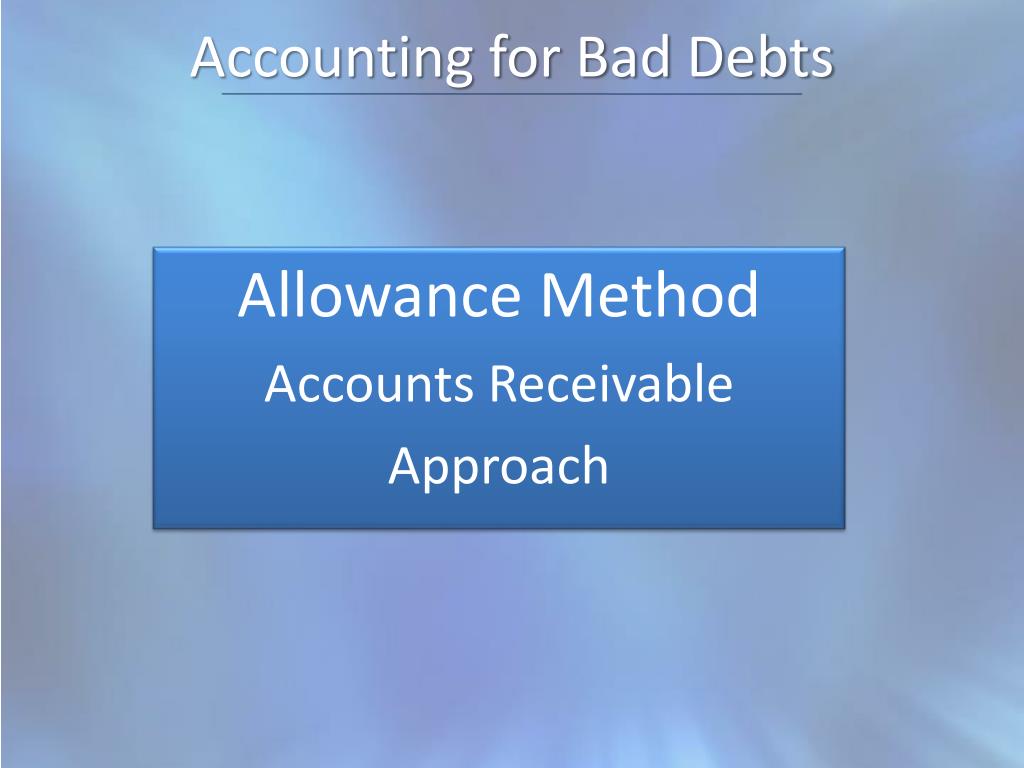Currently Empty: د.إ0.00

They let us buy things that we don’t have the immediate funds to purchase. You pay monthly fees, plus interest, on anything that you borrow. You debit the value of that asset from your account. Debits and credits seem like they should be 2 of the simplest terms in accounting.

Using the Normal Balance
Income has a normal credit balance since it increases capital. On the other hand, expenses and withdrawals decrease capital, hence they normally have debit balances. which account typically carries a credit balance This is the basic principle of short selling—a short seller’s equity will fall when the stock price increases and the equity will rise when prices decrease.
Understanding Credit Balances
Expenses normally have debit balances that are increased with a debit entry. Since expenses are usually increasing, think “debit” when expenses are incurred. In a T-account, their balances will be on the left side. It should be noted that if an account is normally a debit balance it is increased by a debit entry, and if an account is normally a credit balance it is increased by a credit entry. So for example a debit entry to an asset account will increase the asset balance, and a credit entry to a liability account will increase the liability. While a long margin position has a debit balance, a margin account with only short positions will show a credit balance.
- Her expertise is in personal finance and investing, and real estate.
- A cash account is a basic trading account in which an investor can only make trades with their available cash balance.
- Your goal with credits and debits is to keep your various accounts in balance.
- We will apply these rules and practice some more when we get to the actual recording process in later lessons.
- While 100% of this value already comes from the short sale proceeds, the remaining 50% must be put up by the account holder as margin.
Normal Balances
In accounting, a debit balance refers to a general ledger account balance that is on the left side of the account. This is often illustrated by showing the amount on the left side of a T-account. In short selling, an investor essentially borrows shares from their broker and then sells the shares on the open market. The goal is to buy them back at a lower price at a later date and then return the shares to the broker, pocketing any excess cash. When the shares are first sold short, the investor receives the cash amount of the sale in their margin account.
In accounting, an account is a specific asset, liability, or equity unit in the ledger that is used to store similar transactions. Debit simply means on the left side of the equation, whereas credit means on the right hand side of the equation as summarized in the table below. However, your friend now has a $1,000 equity stake in your business.
Cash Flow Statement
The contra accounts cause a reduction in the amounts reported. For example net sales is gross sales minus the sales returns, the sales allowances, and the sales discounts. The net realizable value of the accounts receivable is the accounts receivable minus the allowance for doubtful accounts. However, there are a few general ledger asset accounts that must have credit balances. These accounts are known as contra asset accounts since their credit balances are contrary to the usual debit balances found in most asset accounts.
He is a CFA charterholder as well as holding FINRA Series 7, 55 & 63 licenses. He currently researches and teaches economic sociology and the social studies of finance at the Hebrew University in Jerusalem. Imagine that you want to buy an asset, such as a piece of office furniture. So, you take out a bank loan payable to the tune of $1,000 to buy the furniture.
You can settle your credit card payment via direct deposit to make sure you are on top of things. That’s a better strategy if you are worried that you’ll miss the minimum payment. If you pay the credit card company too much, you’re not using the credit card as intended. Although each account has a normal balance in practice it is possible for any account to have either a debit or a credit balance depending on the bookkeeping entries made. So you’d have to record the transaction as a $1,000 debit in your cash account and a $1,000 in your bank loan account. The difference between debits and credits lies in how they affect your various business accounts.
